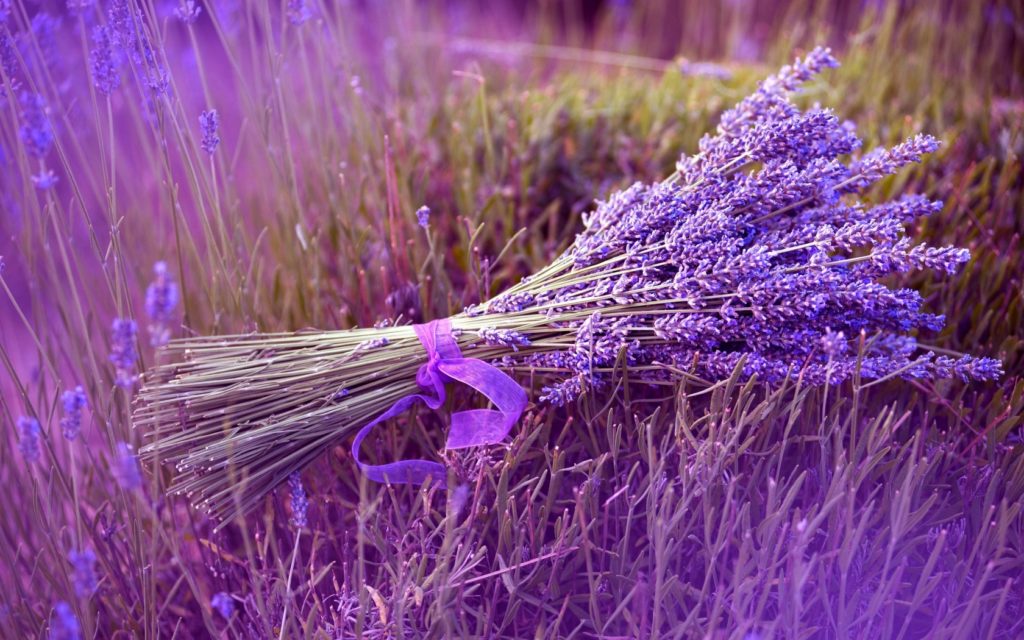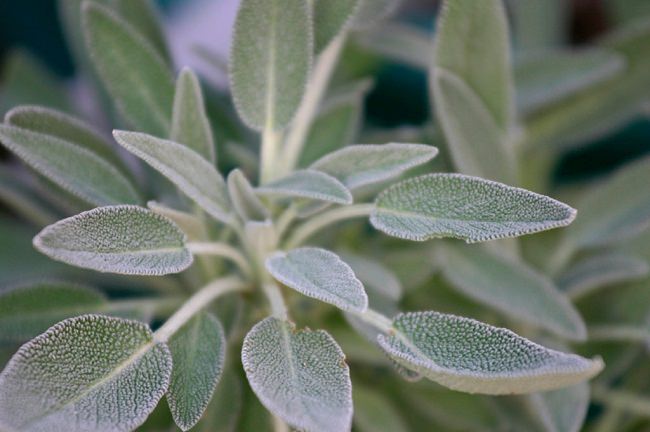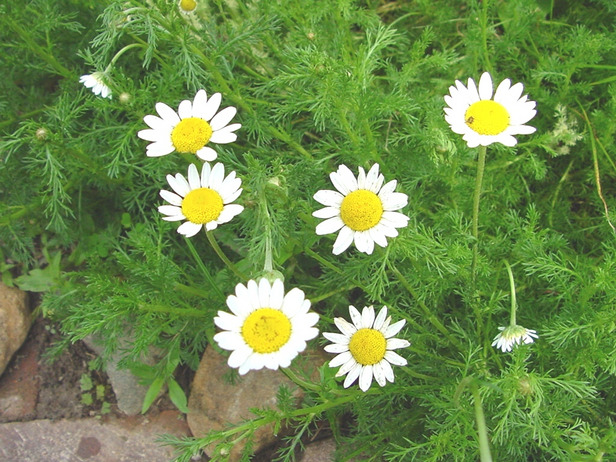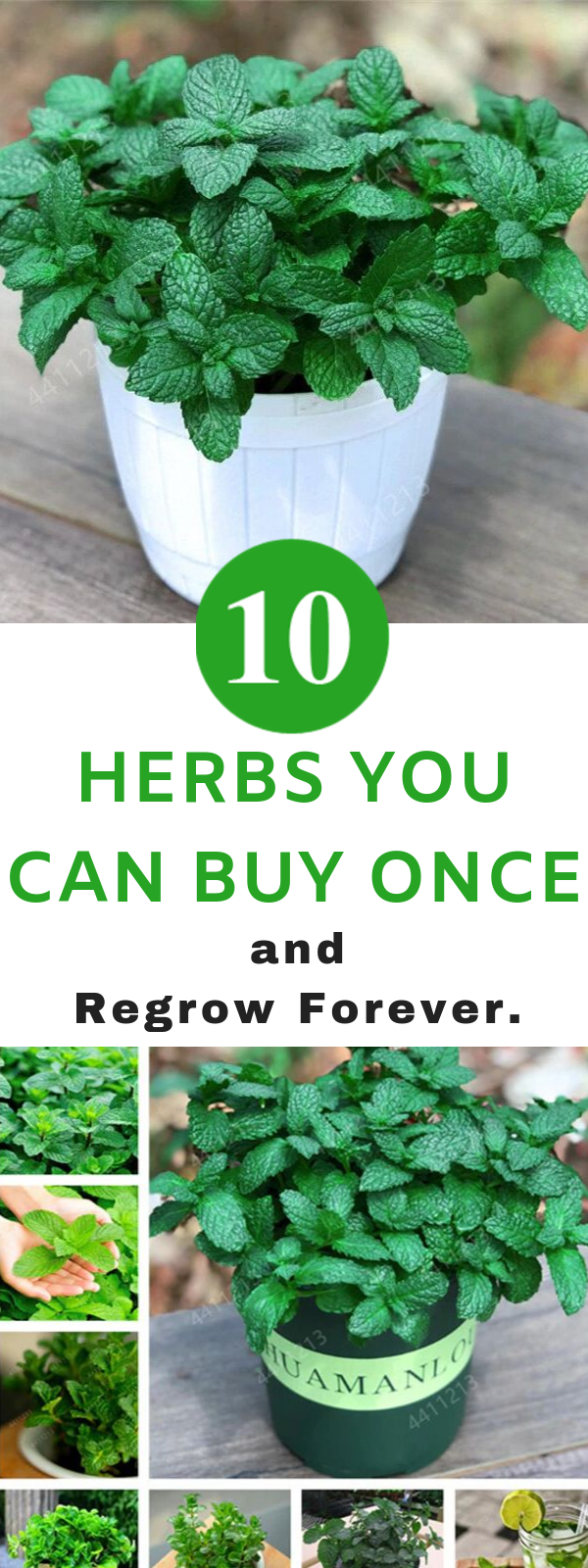Top 10 Best & Easiest Herbs to Grow in Your Garden
So long as there is no snow on the ground, you can harvest herbs in your garden. There is nothing more satisfying and simple than snipping off just what you need and enjoying the garden fresh flavor without having to fork out a few bucks per bunch at the market.
Herbs are among the easiest plants to grow. If you have a piece of land to plant them, great, but many actually do better in a container because their prolific nature can be contained. You can also place them right near your kitchen for quick-cooking access.
Here is my list of my top ten “can’t live without” garden herbs.
1. Parsley
Parsley is one of those superfoods that do more good things for a body than seems possible for such a little leafy green plant. Among other things, it contains more vitamin C than basically anything else you can eat. You can make lots of things with it, but I pretty much chop and sprinkle it on almost every dish that comes out of my kitchen.
2. Rosemary
Use it fresh or dried — the flavor is fantastic either way. If you grow it in a pot, it will happily move inside when the weather gets too cold. Also, since it likes to dry out between waterings, it likes its own space, as there aren’t too many other plants that prefer the same treatment.
Favorite uses: Holiday Gifts (the piney smell is perfect for the season) and chopped and sprinkled atop store-bought pizza dough, baked and drizzled with olive oil and Parmesan cheese.
3. Lavender
You can grow lavender in a variety of climates. Suitable for cool temperate or Mediterranean climates you can also grow this most beautiful herb in subtropical regions.
If you want to multiply it, do it by cuttings of 10 cm. in size in summer.
4. Sage
One of the toughest herbs that prefer full sun situations, especially if you live in a cool climate, always plant sage in a warm place. Sage can be grown in a variety of soil types, well-draining and permeable soil with little organic matter is recommended. In subtropical or tropical climatic zones, grow sage in a slightly clayey soil in pots and provide shade in the afternoon. *Overwatering must be avoided.
5. Oregano
This plant also acts like a ground cover but it is generally polite and doesn’t spread too aggressively. I prefer the ‘Greek’ variety as this is more like the organo flavor you expect.
Favorite uses: Sprinkle liberally (fresh or dried) over fresh homemade pizza, add to the pot when making sauce from abundant garden fresh tomatoes.
6. Lemon Verbena
Being a subtropical herb lemon verbena needs a warm environment to thrive. Grow the plant in direct sun. In cooler zones, growing lemon verbena in pots is a better idea to protect it from frost.
7. Basil
Basil must be planted in full sun (6 hours minimum) in a well-drained and moist soil. Pick leaves to encourage the growth and when the plant is young pick the tips for thick bushier shape.
8. Chamomile
It likes full sun, with well-drained and permeable soil. It is resistant to drought and once bloomed in the spring, you should cut it to regain its strength. If you collect the flowers, you must do this in its fullness, dry flowers in shade to avoid exposure to direct sunlight to avoid spoilage.
9. Mint
Mint is a very aromatic, perennial herb that can be grown in pots or in garden soil.
It needs plenty of water and supply of mineral fertilizers or natural organic fertilizers to spread heavily. It grows better in partial shade. You can easily get new plants from its cuttings or by dividing the root ball.
10. Curry Tree
Grow the pungent curry tree plant if you want to enjoy more flavor in your South East Asian delicacies and Indian curries. However, the curry tree does not tolerate frost but it is exceptionally a low maintenance, drought resistant tropical herb. You can grow it in a pot and protect it in winters, it’s easy.











